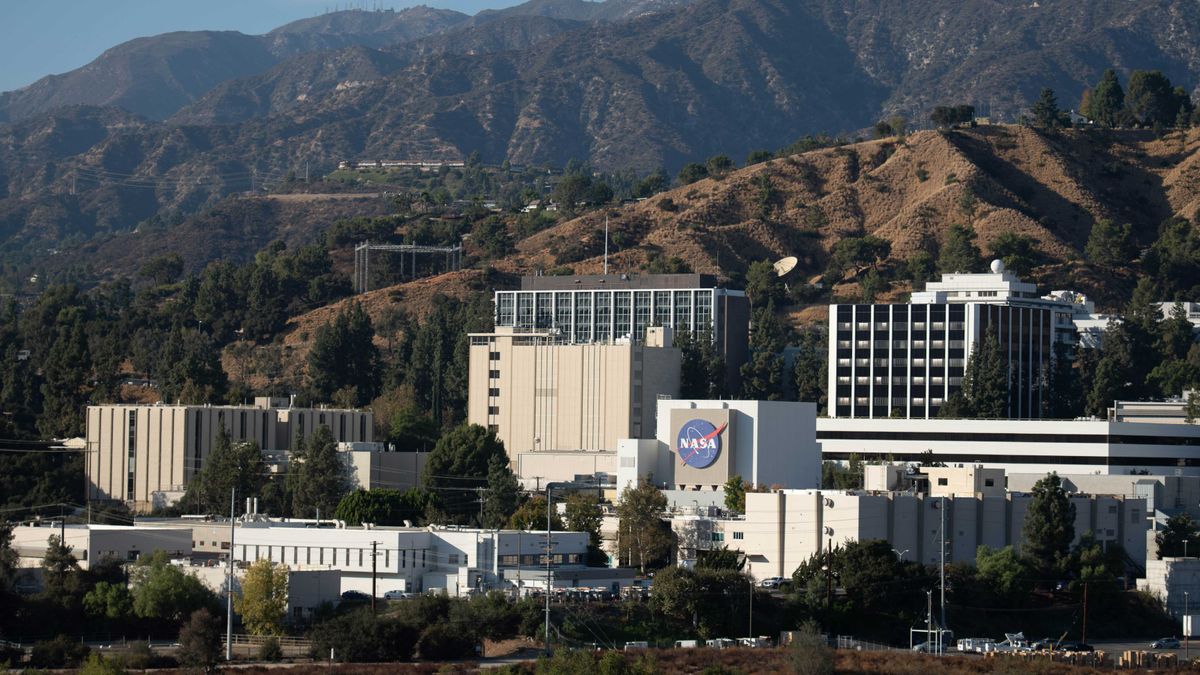
Article body copy
Earlier this year, Leticia Carvalho, a Brazilian oceanographer and environmental policy expert, took the helm of the International Seabed Authority (ISA) as secretary general. The ISA, an intergovernmental body that governs what happens on the seafloor in international waters, is responsible for an area that spans more than half the planet.
One of the agency’s key roles is in deciding the future of deep-sea mining, a nascent industry targeting tennis ball–sized rocks called polymetallic nodules. Rich in cobalt, nickel, and other valuable metals, polymetallic nodules can be found in some areas of the seafloor, most notably in the Clarion-Clipperton Zone, a vast tract between Hawai‘i and Mexico.
In a landslide victory, Carvalho unseated Michael Lodge, an English lawyer who had served as the ISA’s secretary general since 2016. Lodge’s tenure at the international body—which is tasked with the contradictory goals of both helping deep-sea mining get off the ground and keeping it in check—was marred by allegations of bribery, corruption, and of Lodge having an undue bias toward the mining companies the ISA oversees, all of which Lodge has vehemently denied. Many environmentalists and scientists welcomed the news of Lodge’s displacement.
In the wake of her win, Carvalho told Mongabay that she aims to rebuild trust in the ISA, and in Politico she said she planned to investigate the corruption and mismanagement allegations. But Carvalho’s term does not seem set to bring about the kinds of sweeping changes that would satisfy the 32 countries that have called for a pause on the development of deep-sea mining—including Canada, New Zealand, and Costa Rica—or those, like France, pushing for an outright ban.
For years after the ISA’s inception in 1996, environmentalists, mining industry representatives, and government delegates gathered at the agency’s seaside headquarters in Kingston, Jamaica, to develop the Mining Code—the set of rules and regulations that will govern everything about deep-sea mining from who is allowed to mine to how they will mine, and even the way the industry’s proceeds will be disbursed to, somehow, benefit all of humanity. For 25 years, deep-sea mining was a distant reality. Negotiations were easygoing, and those gathered in Jamaica would mingle at weekend retreats and dance parties.
All that changed in 2021 when representatives from Nauru, a Pacific Island nation, triggered a clause in the United Nations Convention on the Law of the Sea (UNCLOS) known as the “two-year rule.” The move meant that, suddenly, the ISA had only two years to either finish the Mining Code or consider a company’s application to exploit the seafloor with whatever unfinished rules it happened to have in place.
Three years later, no company has yet applied for an exploitation permit. But the triggering of the two-year rule sparked a flurry of contentious debates over the legal and environmental implications of deep-sea mining. With so much still under discussion, Julian Jackson, an ocean governance expert from the nonprofit Pew Charitable Trusts who has closely followed the negotiations, says the Mining Code is still months—or even years—from being finished.
“The ISA needs to be upfront with itself about where we are in this process,” he says.
Despite this, Carvalho says she expects member states to finalize the Mining Code by 2025.
Doing so will not be easy. To finish the Mining Code, negotiators must agree on—and draft into legalese—decisions that will have widespread consequences for sensitive deep-sea ecosystems, such as those in the Clarion-Clipperton Zone. They’ll also have to develop a system to ensure that the profits from deep-sea mining are distributed in a way that benefits all of humanity, as required by UNCLOS. Figuring out what that means and how it will work is just one of the daunting decisions facing negotiators.
Throughout 2024, the ISA worked overtime grappling with unanswered questions around the environmental impacts of mining. For instance, countries have not fully resolved what counts as “serious harm” to the marine environment, much less what level of harm regulators are willing to permit.
To finish the Mining Code, “a lot of compromises need to be made,” says Pradeep Singh, a legal expert on the law of the sea at the Research Institute for Sustainability in Potsdam, Germany.
Yet with negotiations nowhere near an end, the question becomes: what happens if a company submits an application to mine the deep?
The two-year rule requires the ISA to consider mining permits using its current draft regulations. Under normal circumstances, the Legal and Technical Commission, a closed-door body within the ISA, holds significant power to decide whether to approve or reject a mining application. But the ISA’s council, which represents 36 of the ISA’s 169 member states, recently implemented new safeguard measures. The council decided that if a mining application comes in before the regulations are finalized, the council will determine what procedures to put in place to review the application, rather than the Legal and Technical Commission.
The most likely candidate to test this unresolved process is the Metals Company (TMC), a mining company based in Vancouver, British Columbia. Despite initially triggering the two-year rule, TMC—along with its sponsoring state, Nauru—have so far held off on submitting a mining application. That will likely change in June 2025.








Leave a Comment